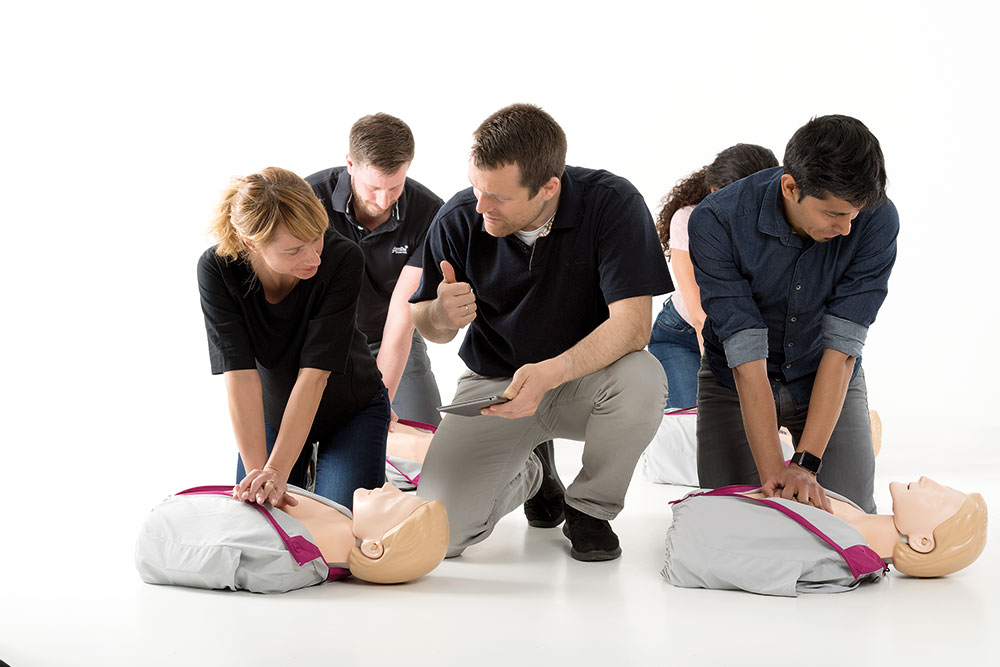Efficient Teaching for Effective Learning
Little Anne QCPR allows an instructor to monitor up to six learners at the same time from the palm of their hand. The Instructor App provides an easy to view performance summary that highlights which students may require further guidance.
At a glance you can pick up who is not compressing deeply enough, who is not compressing at the correct rate and who is overventilating.
